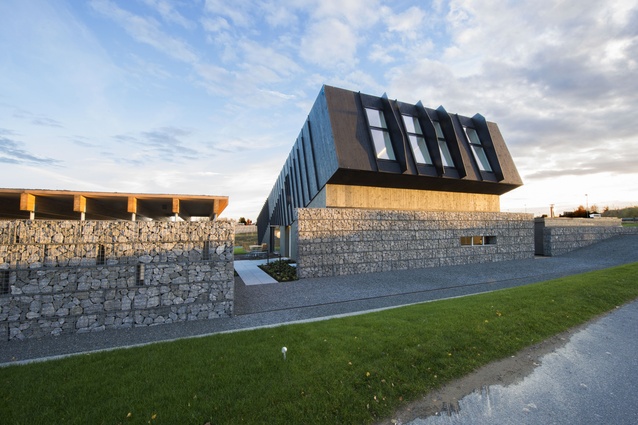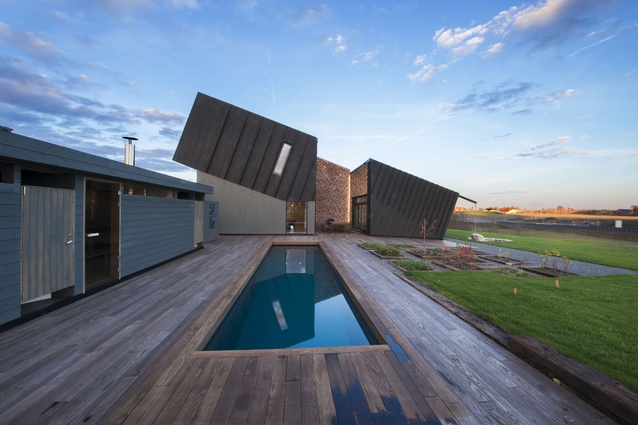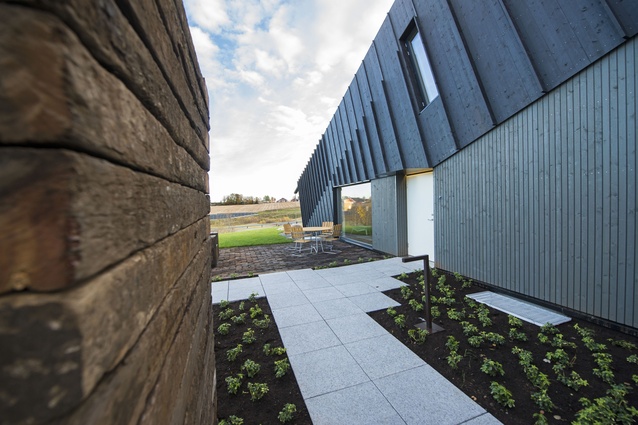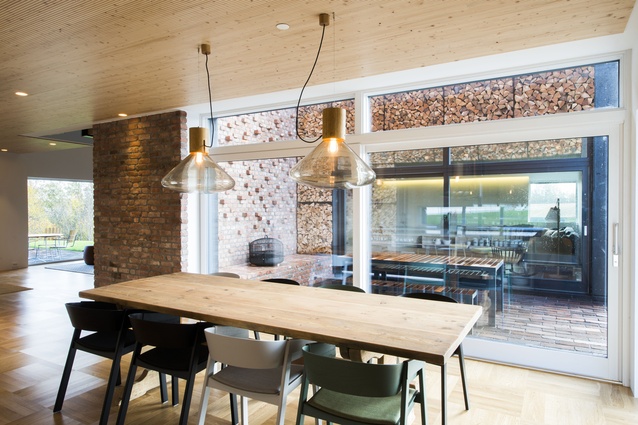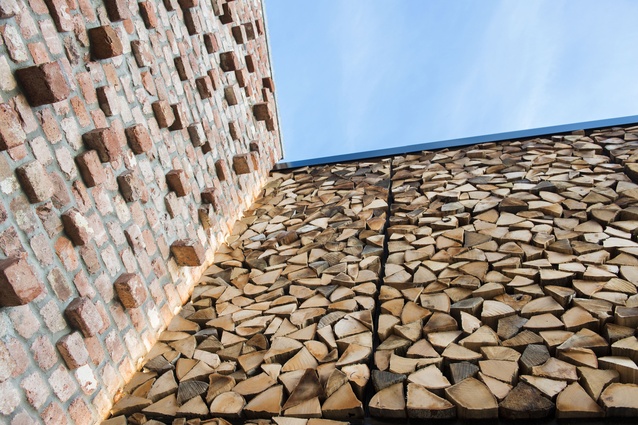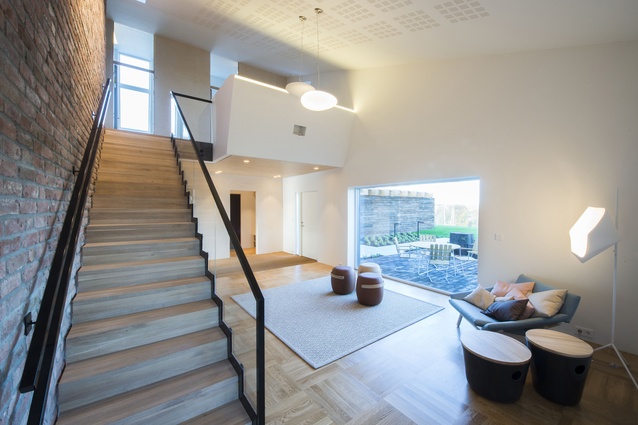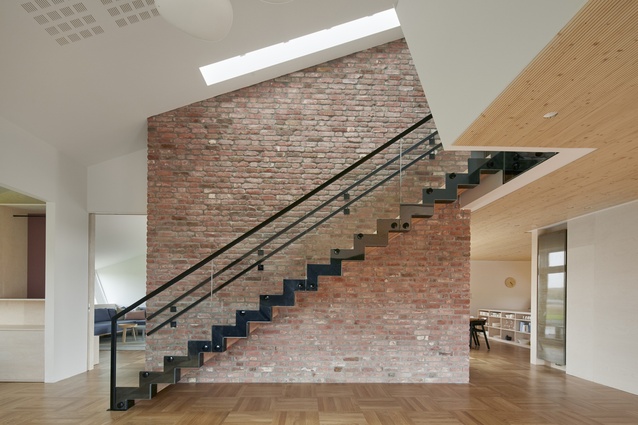No waste
Constructed in 2014, the ZEB (Zero Emission Building) Pilot House in Larvik, Norway is the result of a collaboration between the architecture and design firm Snøhetta, Scandinavia’s largest independent research body SINTEF, ZEB partner Brødrene Dahl and Optimera. The house serves both the living and energy needs of a family house, in addition to generating enough energy surpluses to power an electric car year-round.
Here, Snøhetta's Kristian Edwards explains the idea behind the ZEB Pilot House and looks at whether this type of building could take off in New Zealand.
ArchitectureNow: What is the overall concept behind the ZEB Pilot House?
Kristian Edwards: The house is a pilot project to illustrate that it is possible to build a comfortable, modern, single-family house with zero carbon emissions from day-to-day running and materials used in the building (including maintenance over a 60-year lifespan) – both with today’s technologies and off-the-shelf materials.
ANow: What are some of the key design features of the house?
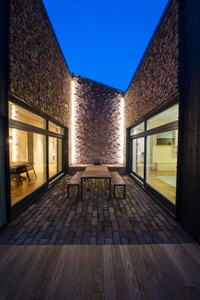
KE: The sloping roof completely clad in photovoltaic panels is the most obvious design response to solar collection; the spaces that this creates beneath are also airy and voluminous. Otherwise the atrium to the west providing protected outside space and the flow between internal and external spaces have been important design elements.
ANow: What could potentially be done with the excess electricity that these types of houses create?
KE: The excess electricity today is consumed by the neighbouring building – there is also the option to charge electromobility, with the annual production equalling around 12,000 electro kilometres. In the future one could consider grid payback or various emerging storage solutions, such as batteries or even water/hydrogen technologies.
ANow: What are the advantages and disadvantages to constructing a zero energy building?
KE: Looking away from the obvious environmental benefits, I would say autonomy is the main advantage, the potential for off-grid living.
There is an immediate build cost that most ask about. We’re looking at about 25 per cent cost increase above ordinary code compliant standard. However, when you look at the broader picture including lifecycle and fuel savings in the long term, then the cost is recouped relatively quickly.
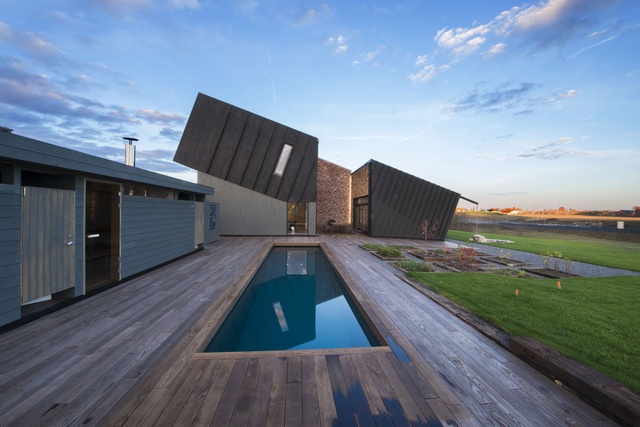
ANow: What are the differences between “green building” and “zero energy building”?
KE: Unless projects are dedicated to adhering to a scheme that quantifies the approach, “green” or “zero energy” could mean pretty much anything. The ZEB (Zero Emission Building) Centre’s focus is very much along these lines, making demands on quality of documentation and quantification.
I guess it’s similar to buying a car: Is it efficient? Sure. Is it fast? Kind of. Is that enough information for you to buy it?
ANow: What type of new technologies have enabled the construction of ZEB buildings?
KE: Not so much new technologies, rather new combinations of existing technologies. The house employs a number of passive design strategies as well as renewable energy sources and reclaim technologies to achieve its goals.
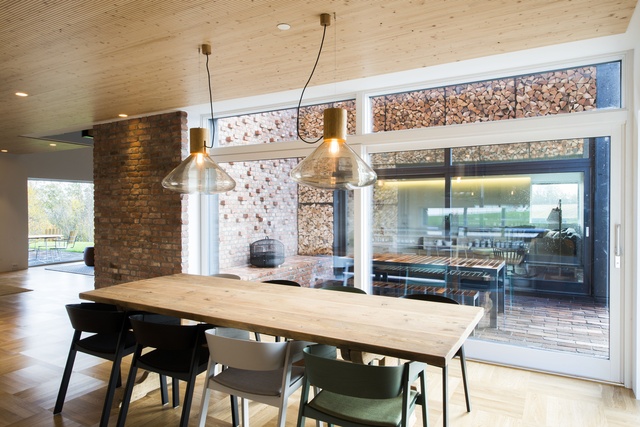
ANow: How is geothermal energy used in the house, and how much of the house’s heating does it supply?
KE: The project employs a single geothermal well at 100m depth coupled to a heat pump, providing around 80 per cent of the waterborne heating requirements; the remainder is made up with solar collectors and heat energy reclaim. There is also an alternate 150 metre earth circuit at 1 metre depth, providing similar efficiency.
ANow: How easy or difficult would it be to retrofit a house with a geothermal system?
KE: Depending on the type of heating system already in place, it should be relatively simple. If, for example, the central heating system is waterborne – i.e. radiators – it would simply be a matter of replacing the heat source. In the ZEB house, for example, the total technical rooms for heating and hot water are limited to kitchen cupboard space, so there’s a likelihood that the system would require in fact less space than, say, a furnace or oil-fired boiler. As always, price and complexity of the retrofit can be the deciding factor.
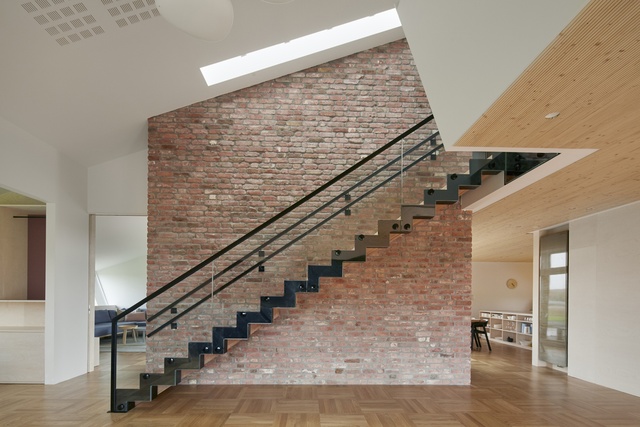
ANow: What do you think the future is looking for this type of construction in the next 10 or so years?
KE: There are two components to consider: the solar and geothermal energy sources, and low-emission materials. We’re already seeing an exponential uptake of solar energy harvesting, and geothermal is moving in the same direction.
Material emissions or embodied energy in materials is an area that isn’t receiving the same attention. 40 per cent of all global emissions of greenhouse gases come from the building industry. It is our mission as a partner in the ZEB Centre to attack this silent and invisible climate change driver through intelligent architecture and demanding more of our material suppliers.
ANow: Advice for New Zealand architects who are interested in finding out more about zero emission buildings?
KE: Contact us via the ZEB Centre – let’s create a ZEB framework for New Zealand! The fundamental coefficients for CO2 and embodied energy are designed to be applicable to any region on earth. There is a wealth of high-quality architecture in New Zealand; couple this to real, quantifiable zero emission strategies and you’ve got the ultimate combination.
Kristian Edwards will be in New Zealand for the NZGBC Sustainable Housing Summit in June.

